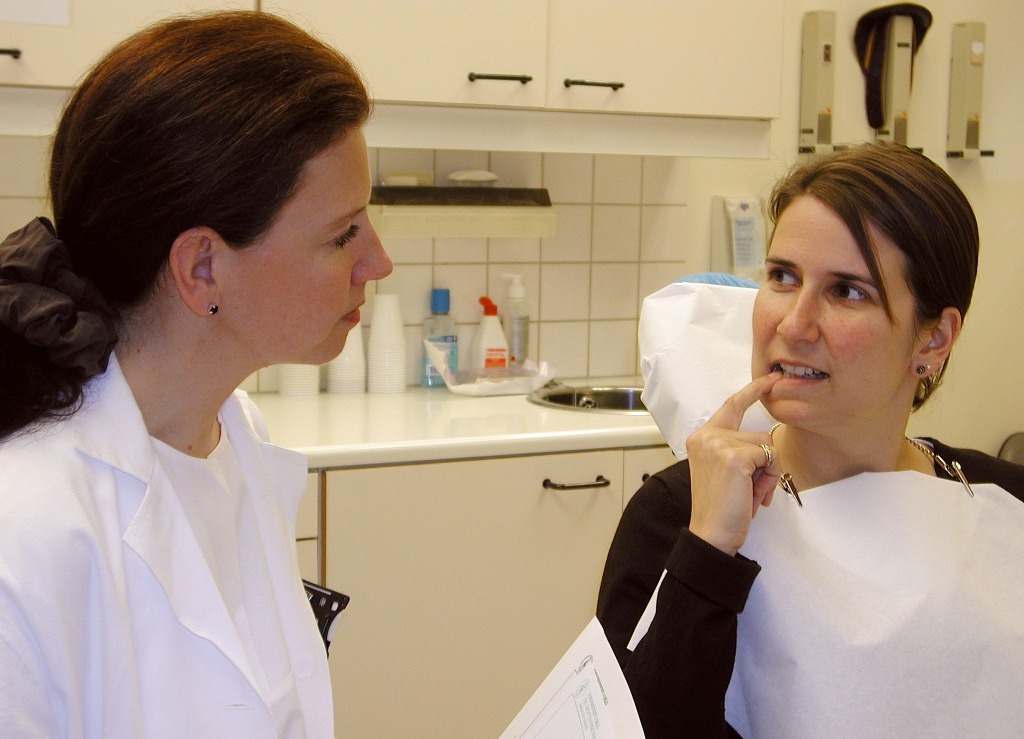Specific anamnesis


With most patients, the specific dental history provides more useful information for diagnosis and treatment planning than the general history. It is good practice to first let the patient tell you in their own words the reason for the visit and, in the case of pain, try to point out the tooth/teeth involved. After this the dentist can ask additional questions to verify the patients own story and to locate the problem.
Typically, the patient is asked about the location, type (sharp vs. dull, slight vs. severe, constant vs. intermittent), stimulation (cold, heat, occlusal activity etc...) and duration (a few seconds, one minute, half an hour or more) of the symptoms. Many patients can also inform about previous swellings, fistulas, bad odour or even fever.
Patients show great variation in their reactions to pain and discomfort.
That is why the information obtained from the patients must be evaluated
with caution. With experience the clinician will usually develop a pattern
of questions and control questions that help to identify false positive
and false negative answers.
It is important to remember that most endodontic conditions requiring therapy
(e.g., pulpitis, apical periodontitis) are symptom-free most of the time.
On the other hand, presence of symptoms does not necessarily indicate the
need for endodontic treatment.
Several studies that have attempted to correlate the type and severity
of symptoms to the histopathological status of the pulp or the periapical
area, have repeatedly shown that such correlation cannot be reliably established.
Nevertheless, the dental history is an important step in making a diagnosis
in directing the clinical and radiological investigations that follow.